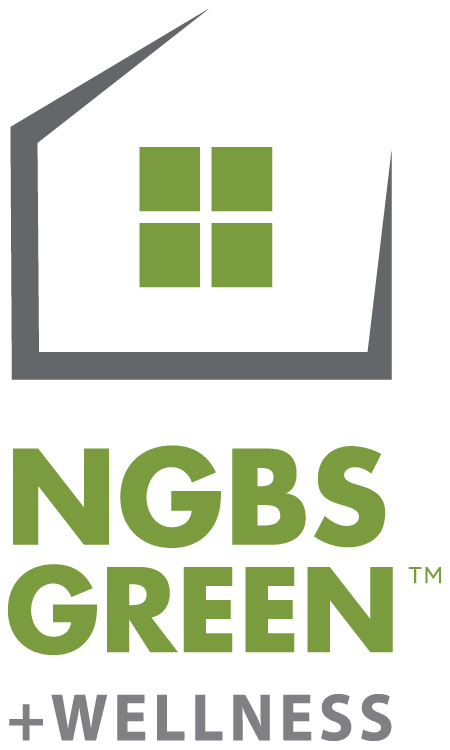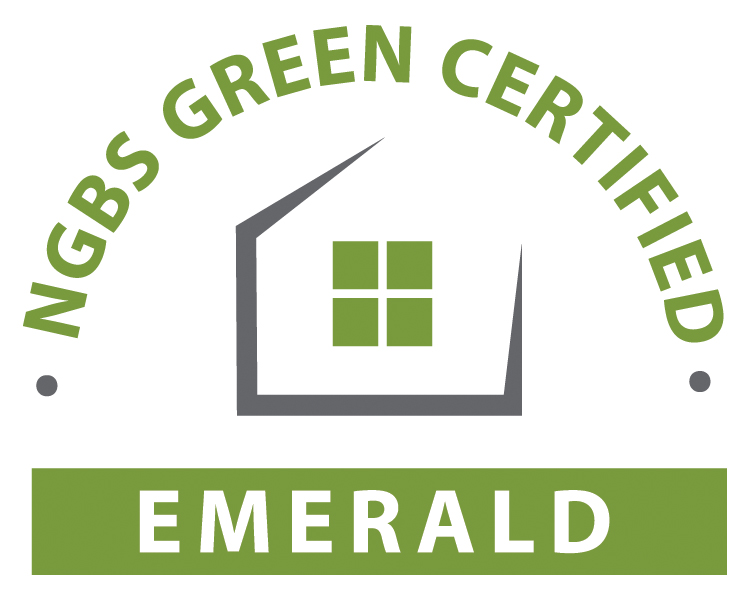Performance Report

Energy Efficiency and Innovation
As one of the NAHB’s official show homes, The New American Remodel® (TNAR) 2021 is a symbol of energy efficiency and innovation. The home exhibits cutting-edge products from manufacturers all over the world. TNAR 2021 is designed to exceed the requirements for certification to the Emerald level of the National Green Building Standard™. Its energy-efficient features can be used in homes in a hot climate at any price point with similar energy savings. The home is also targeted to be certified EPA ENERGY STAR® program as well as the Indoor airPLUS program and DOE Zero Energy Ready Home.
Two Trails, Inc. worked closely with E2 Homes to ensure energy efficiency and innovation in TNAR 2021. Pre-remodel, the home has a projected HERS Index of 147, which is 47% less-efficient than the average new code-built home. After the remodel, The New American Remodel 2021 will achieve an extremely high level of energy efficiency. The home will incorporate, high-efficient LG solar panels to power its electrical systems, which is projected to provide 100% of the annual electric energy needs for the home!
Water Efficiency Features
In addition to energy savings, this home is designed to achieve approximately a 52% reduction in water use from pre-remodel levels. This remarkable water use reduction is made possible using low-flow water fixtures and a high-efficient irrigation system. Water saving features include:
- Kohler low-flow, EPA WaterSense certified, 1.2 GPM lavatory faucets and 1.28 GPF toilets
- Natural, indigenous landscaping, with a minimum of turf grass reduces landscaping watering requirements
- High-efficient micro spray, driplines and irrigation controller contributed to the outdoor water use reduction
Indoor Environmental Quality Features
Indoor Environmental Quality encompasses the conditions inside a home, and their effects on residents. The New American Remodeled Home 2021 incorporated innovative strategies, creating an indoor environmental quality that enhance the lives of homeowners, protects occupants’ health, and improves quality of life. Indoor Environmental Quality strategies include:
- Low-VOC paints and finishes and low-VOC interior adhesives and sealants
- MERV 13 space conditioning air filters
- HVAC ducts sealed during construction to prevent pollutants from construction activities from entering the system
- Whole Building ventilation system configured to allow the correct amount of fresh air into the home
- Eco-Friendly cabinets – Formaldehyde free and material certified by the Forest Stewardship Council
- Eco-Friendly flooring – Carpet and Rug Institute’s Green Label certified flooring products
Systems Engineering Approach
The systems-engineering approach unites segments of the building industry that have previously worked independently of one another. The concept is simple: systems-engineering can make America’s homes cost effective to build or retrofit and energy efficient to live in. Energy consumption of new houses can be reduced by as much as 40% with little or no impact on the cost of construction. Similar performance can be achieved in existing homes.
To reach this goal, the E2 Homes team is working with their building suppliers to produce a home that incorporates energy and material saving strategies from design through construction. First, the team analyzed and selected cost-effective strategies for improving home performance. Next, the team evaluated design, business, and construction practices within individual partnerships to identify cost savings. Cost savings could then be reinvested to improve energy performance and product quality. For example, a design that incorporates new techniques for tightening the building envelope E2 Homes to install smaller, less expensive heating and cooling systems.
The “pilot” or “test” home is the field application of solution design. The team assisted E2 Homes in designing TNAR 2021 in accordance to strategic design, modeling to maximize building efficiency of each system and directed the team to increase efficiency through cost effective decisions. Before additional houses are built, these changes are incorporated into the design. This process of analysis, field implementation, reanalysis, and design alteration facilitate ultimate home performance once a design or retrofit strategy is ready for use in production or community-scale housing.
Understanding the interaction between each component in the home is paramount to the systems-engineering approach. Throughout design and construction, the relationship between building site, envelope, mechanical systems, and other factors is carefully considered. Recognizing that features of one component can dramatically affect the performance of others enables the E2 Homes building team to engineer energy-saving strategies at little or no extra cost.




